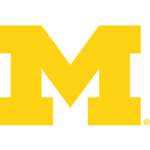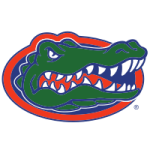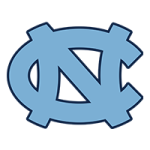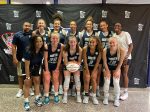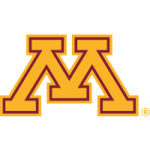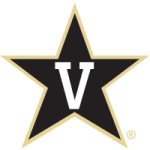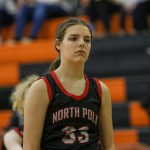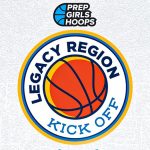Thank Goodness, It’s Summer!
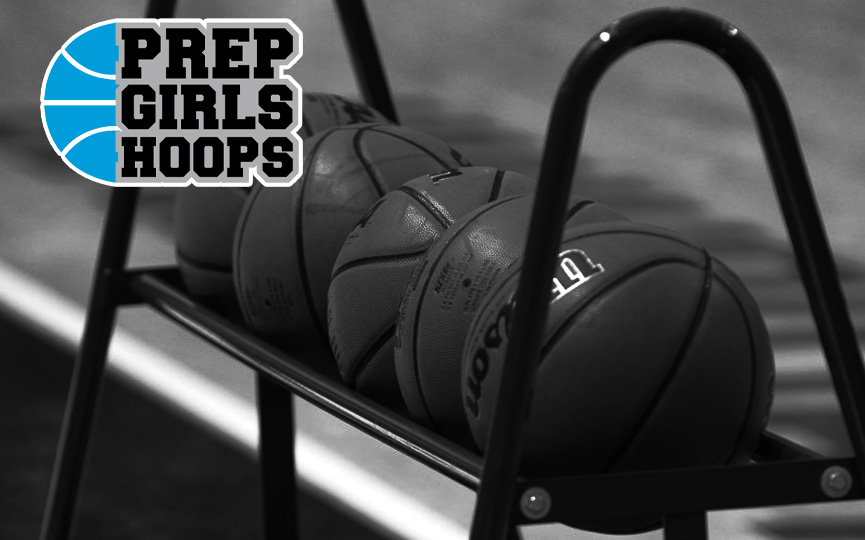

The high school season is over. During April comes the launch of the summer season. It starts this coming weekend with the Midwest Kickoff Classic in Bloomington, an AAU event hosted by Metro Stars, and the Comets Shootout in St.…
Access all of Prep Girls Hoops
Continue reading this article and more.
Continue ReadingThe high school season is over. During April comes the launch of the summer season. It starts this coming weekend with the Midwest Kickoff Classic in Bloomington, an AAU event hosted by Metro Stars, and the Comets Shootout in St. Cloud. Brackets for the Kickoff are now posted, and we’ll be previewing the event later in the week. Brackets for the Shootout are promised for Tuesday.
But, for now, here’s a bigger picture look at the summer season, sometimes called the “grassroots” season, and also called the AAU season, though some object to that terminology and will point out that not all events are AAU events. Whatever you want to call it, go for it. We call it summer ball…
Though it might be more accurate to specify that there’s early summer ball—which is the “grassroots” or AAU segment of the season—followed by the dog days of summer, when high school teams begin to reassemble and play in tournaments like the Pacesetter Sweet 16, which is at St. Ben’s on August 5-6 this year.
What’s It All About
In the winter youth basketball plays out in the schools. In the summer, the focus shifts to the clubs. They’re privately owned businesses, and kids (that is to say, parents) pay to play. And, play is what they do. Over a period of about 4 months or 17-18 weeks, the well-established teams (see below) will play 10 to 12 weekends, maybe more, with 3, 4, 5 games per weekend (maybe more). If you want, you can play 50-60 games in a summer, almost all of them on the weekends.
The whole point of summer ball is, well, sure, to hone your skills, to get better. But, seriously, college recruiting has shifted over the past 10-15 years from the high schools to the summer season. So, everybody knows that the purpose of the summer season is to be seen by college coaches. That happens during so-called “viewing periods” when college coaches can come and scout the AAU and/or “grassroots” tournaments. The Mill City Invitational on April 28-30 is such an event, as is the Meltdown on July 23-25.
Early in the season, many of the tournaments are here in Minnesota. As the summer wears on, teams will be traveling more—to the EYBL, the Nike national championships and other national events. Many of these major national events also take place during the “viewing period.”
The Clubs
Your club is your 2nd “family.” It’s their job to get players the exposure they need to get the opportunities they want. The bigger the name of the club, the more college coaches are likely to come and see their teams. The chances are that the clubs at the top of the following list can get their players more exposure than clubs a little further down. This list is based on the AAU seeds in each of the age groups at the present time. I think it’s fair to say that the club world has become more fragmented in recent years with more clubs and more of them having just 1 or 2 elite teams. Only a few clubs have competitive teams at every age level.
1. North Tartan. The granddaddy of the clubs in these parts, with a history that reaches back to 1971 and national championships with Coco and Kelly Miller in the 1990s. Rachel Banham was a Tartan more recently. There are hundreds of prominent alumni, really. They’ve won an estimated 27 state titles in this decade. Bill Larson is the owner, and his inner circle includes coaches Matt Steuber, Gerard Coury and Andy Jacobson. Tartan’s mission is to “provide fundamental skill development, instruction and teaching.” But, seriously, its theme line better captures its strengths in getting girls exposure among college coaches. “We supply the name. You supply the game.”
They have 11 seeded teams, with at least 1 in every age group.
2. Fury. The brash upstart—well, they’ve been around for about a decade now, but the point is they’ve elbowed their way into the “big time” and past every other club and are now the most consistent competitor in pushing North Tartan across the whole spectrum of age groups. I don’t know what the secret is, but girls love the “Fury family” vibe. Nick Storm is the boss and his braintrust includes Andy Cerisier, Tim Peper and Andy Bromeling.
They too have seeded teams in every age group, for a total of 10.
3. Stars. The Stars have been around a little longer than the Fury and have enjoyed many successes, to be sure. Mark Smith is the boss, and Bruce Borowicz the director of 15 and 16 year old teams. Their business model is a little less centralized than Tartan and Fury, as some of their coaches are more entrepreneurial and have more of a free hand in assembling their own teams. Tracy Martin was a case in point with a team that featured daughter Jazmyn Martin along with Nia Hollie, Ashley Bates and more. Tayler Hill has now brought her 11th Elite team into the Stars fold.
They, too (or, three), have seeded teams in every age group for a total of 9.
4. Crossfire. There’s a big dropoff right now after the Big 3, but the Crossfire, with a “faith-based approach,” is definitely a club on the rise. Rob Robertson is the club’s most visible leader. They’re now in their 7th year and have teams seeded in 4 age groups.
5. Metro Stars. The Metro Stars go back to 1997 and were one of the Big 4 for many years until last year when it failed to field teams in several age groups. They same is true in 2017. Andy Meinhardt is now the director. They have just 3 teams seeded in 3 age groups with nothing between juniors and 7th grade.
6. Tayler Hill. Tayler Hill is listed as a part of the Stars family for the 1st time, but all by themselves they’re now the #6 club with 2 teams seeded, including #1 among the 8th grade level.
7. Comets. The Comets are based in St. Cloud and cater to girls from central and northern Minnesota. They have 2 seeded teams in the 2019 and 2021 classes. Corey Nellis is President, Chris Lewis is Director.
Rise, Southern Minnesota Fury, E1T1, North Metro United, Swarm, Top Flight, Suns and 36ers/Force each have one seeded team. Among these, Rise and Suns are the strongest in terms of having competitive teams across the whole range of age groups. The Rise are based in south central and southwestern Minnesota.
Southern Minnesota Fury is of course based in southern MN and is part of Nick Storm’s Fury organization. Its seeded team (2020) is not included in the Fury total listed above, but could be.
The #1 seeds for the upcoming AAU state tournament are Tartan (2018, 2020 and 2022), Crossfire (2019), Tayler Hill (2021) and Metro Stars (2023).
Summer Schedule
Here are the major summer events here in Minnesota. All events listed as Bloomington, MN, unless indicated otherwise.
April 8-9—Midwest Kickoff Classic (AAU event). Historically the season opener, now with a competitive event in the Comets Shootout
April 21-23—Fury Spring Showdown (AAU event)
April 29-30—Mill City Invitational (AAU event and NCAA certified)
May 5-7—AAU State Prelims (AAU event)
May 19-21—AAU State Championships (AAU event)
June 2-4—Summer Kickoff
June 16-18—Summer Jam (AAU event)
June 30-July 1—Great Plains Alliance, somewhere in Minneapolis/St. Paul metro, according to AAU Web site (AAU event)
July 23-25—Meltdown Super Showcase
August 5-6—Sweet Sixteen, St. Ben’s (high schools)
AAU State Tournament
Not everyone might agree, but it says here that the AAU state tournament is the biggest event of the summer season. Some might say, well, it’s not during the viewing period. And it’s in the 2nd of a 4 month season. By the end of the summer, the state champion is sometimes pretty obviously not the best team in its class. And, needless to say, if a Minnesota team wins a major national tournament, which has of course happened, many times, well, then that’s a bigger win than the state title. But, generally, a state championship is going to be the biggest day that most summer teams will experience.
It starts with a preliminary tournament. Teams go into it with a seed, but then they play a whole tournament just to reshuffle the seeds. Then they start over with their new seed and play an other whole tournament to settle the state title. That pretty much describes the month of May.
This Week
As we said at the top of this post, we’ll be previewing the Kickoff. But we’ll also be previewing the major clubs which, right now, means Tartan, Fury and Stars. Then we’ll preview each of the various age groups. And, on top of that, we’ll start our player ranking updates with the 2018s and then continue with the 2019s, 2020s and 2021s later on in Apri

